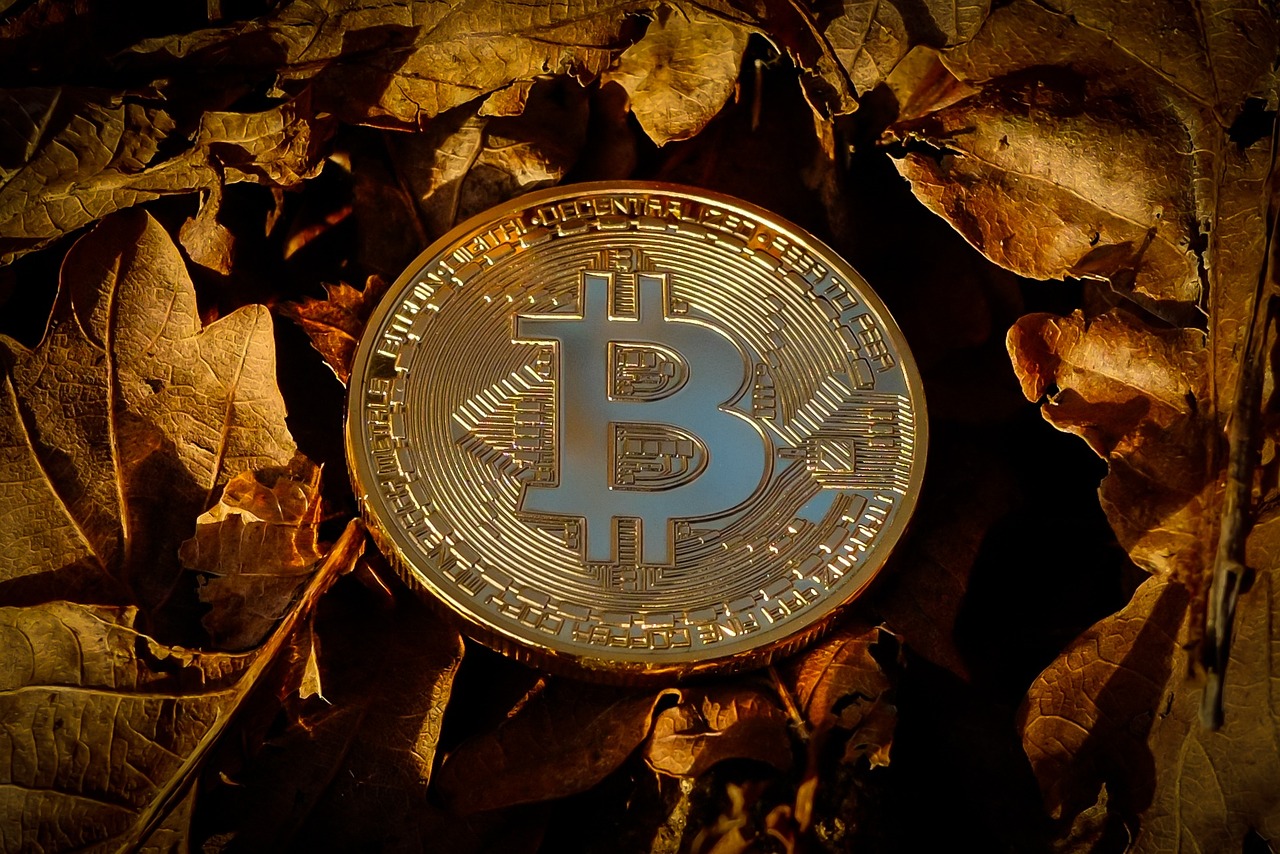Dive into the Metaverse: Exploring the Realm of Virtual Worlds
The metaverse has emerged as a captivating concept that blurs the lines between the physical and digital realms. This virtual space offers users immersive experiences, interactive environments, and the potential to revolutionize various aspects of our lives. Let’s delve into the metaverse and its multifaceted nature.
Defining the Metaverse:
The metaverse encompasses a vast network of interconnected virtual worlds that allow users to interact with each other, create their own experiences, and engage in activities in a realistic and engaging environment. These worlds are typically built on blockchain technology, which provides decentralization, security, and transparency.
Key Features:
- Immersive Experiences: Virtual reality (VR) and augmented reality (AR) technologies facilitate deep immersion in the metaverse.
- Persistent State: The metaverse allows for the continuous existence of digital assets and environments, even when users log out.
- Interoperability: Users can transfer their assets and avatars across multiple virtual worlds without restrictions.
- User-Generated Content: The metaverse empowers users to create and share their own content, shaping the virtual environment.
Applications of the Metaverse:
The potential applications of the metaverse extend far beyond gaming and entertainment.
Virtual Socialization:
- Metaverse Platforms: Platforms like Sandbox and Decentraland offer virtual meeting spaces and social experiences.
- Immersive Communication: VR headsets facilitate lifelike interactions and nonverbal cues, enhancing social connections.
Education and Training:
- Virtual Classrooms: Students can access educational content and participate in classes from anywhere in the world.
- Immersive Training: Simulations and interactive environments provide hands-on training experiences in various fields.
E-Commerce:
- Virtual Marketplaces: Businesses can create immersive shopping experiences where customers can interact with products and make purchases.
- NFT Integration: Users can collect and trade non-fungible tokens (NFTs) as digital assets representing unique items.
Opportunities and Challenges:
Opportunities:
- Economic Growth: The metaverse presents vast opportunities for job creation, digital commerce, and innovation.
- Enhanced Social Interactions: It fosters new forms of communication and social engagement that transcend geographical boundaries.
- Personalized Experiences: The metaverse allows for highly tailored experiences based on individual preferences and interests.
Challenges:
- Cybersecurity: Malicious actors and data breaches can pose risks to users’ privacy and digital assets.
- Addiction: Excessive immersion in the metaverse could lead to addiction and neglect of physical responsibilities.
- Social Isolation: While the metaverse aims to connect people, it can also create a sense of isolation if not balanced with real-world interactions.
Conclusion:
The metaverse is an evolving landscape that holds immense promise for transformative experiences and societal impact. By embracing its key features and addressing the challenges it presents, we can unlock its potential to enhance communication, revolutionize industries, and create new opportunities for economic growth and social engagement. As we venture deeper into the metaverse, it’s essential to navigate it responsibly and harness its power to enrich our lives both in the digital and physical realms.
